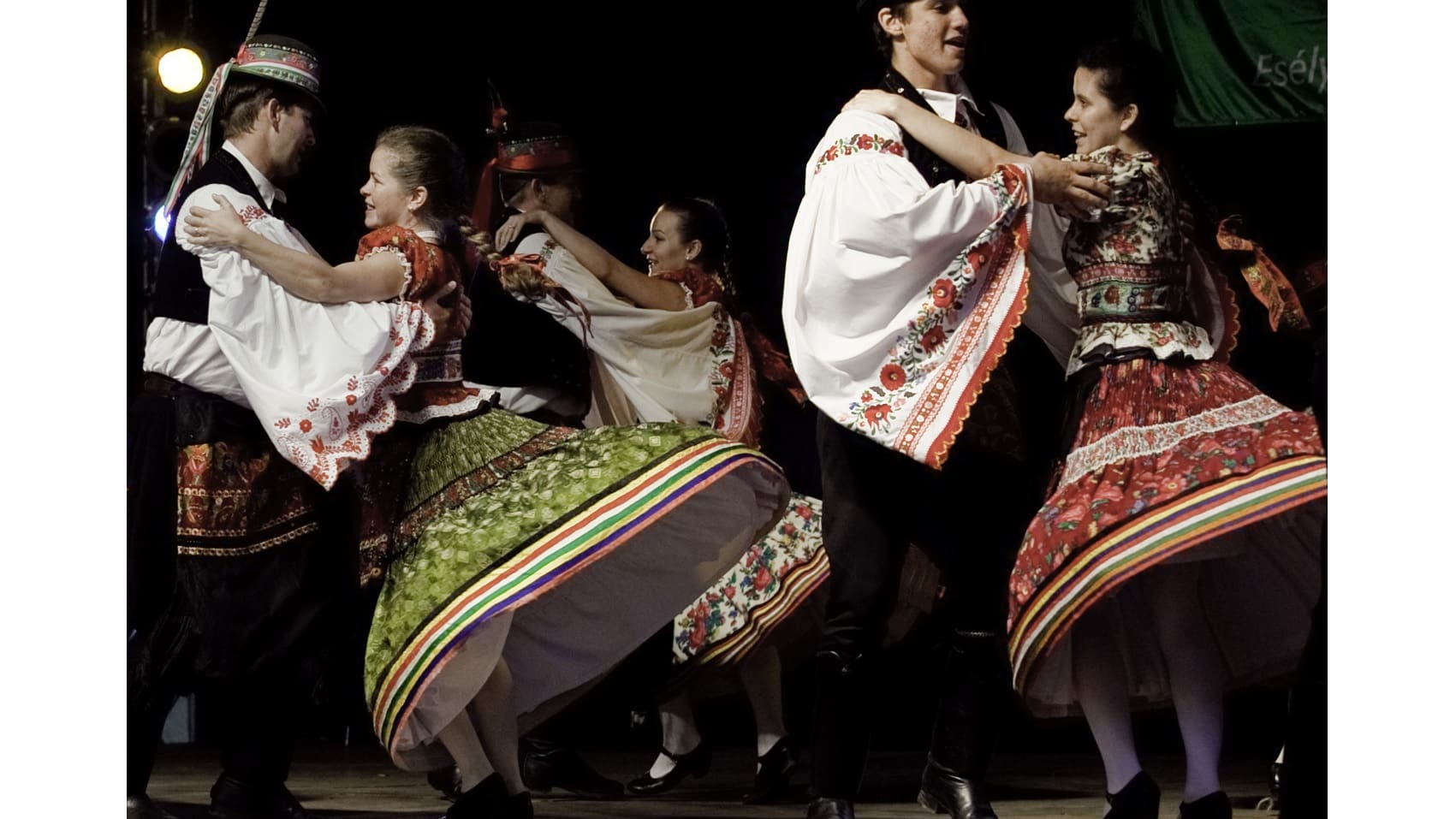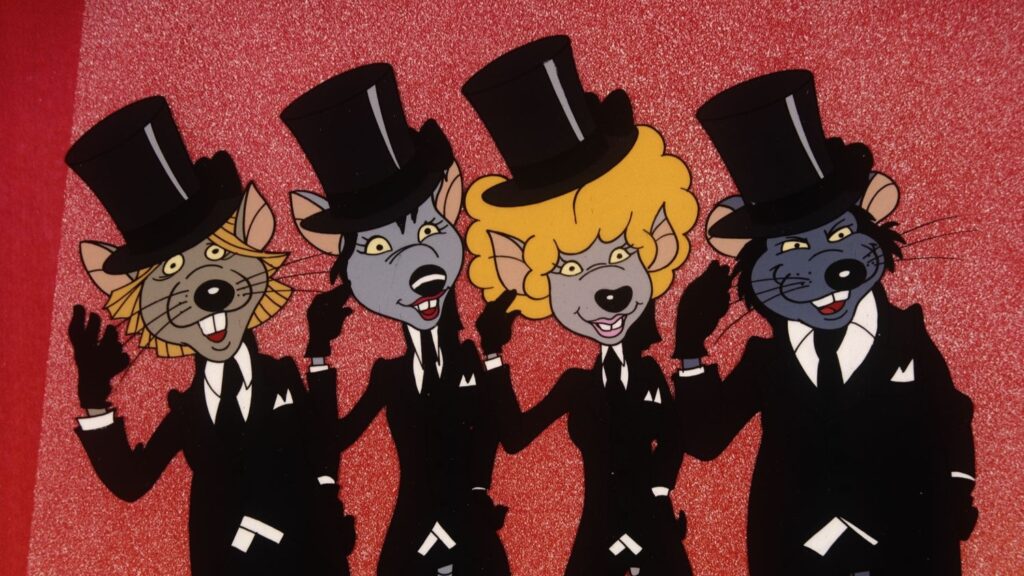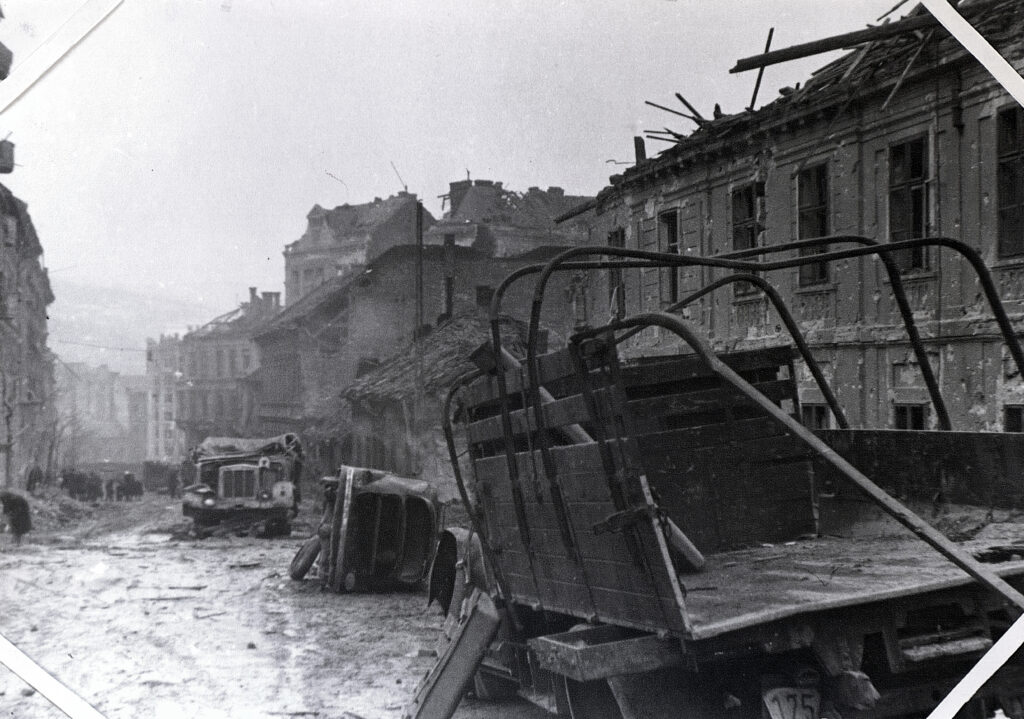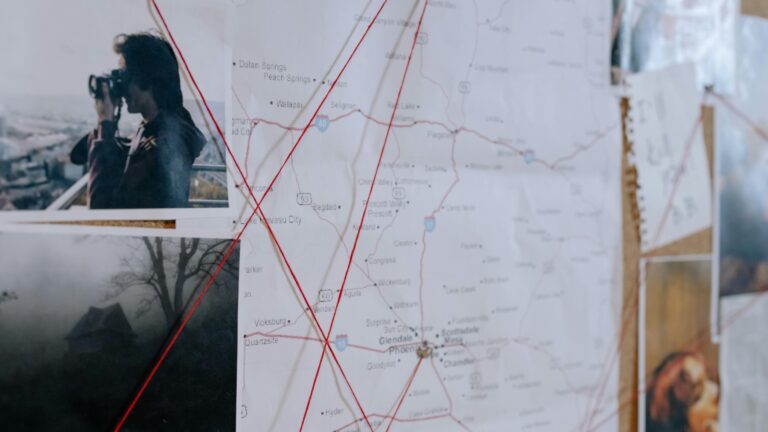While music has always played an important role in the history of humanity, Hungary always had a special relationship with, and love for, music. The first documented Hungarian music dates back to the 11th century, meaning recorded melodies have been a part of Hungarians’ lives ever since the beginning of the nation’s statehood.
Music was an important element of the life of villages to mark celebrations, but also to face the difficult moments of life such as death and war. Correspondingly, among the most widespread styles of Hungarian folk songs and dances that are linked to them is the verbunkos, a recruitment dance and song played while drafting young people to the military; as well as the csárdás, which is associated with roadside taverns and involves men and women joyfully dancing together.
The rich heritage of Hungarian folk music served as an important inspiration for a composer of international reputation, Ferenc (Franz) Liszt.
Liszt, who forever immortalized Hungarian music, used folk elements, especially from Hungarian gipsy music in his work, most notably in his Hungarian Dances and Rhapsodies.
Liszt first gained public attention as a teenager as an outstanding piano virtuoso. As someone known as the best pianist of his time, he toured Europe for decades—he was also the first to play for charity. Liszt had a reputation strikingly resembling that of today’s pop musicians—the phrase ‘Lisztomania’ was coined to express the obsession with Liszt in Europe at the time. His broken piano strings were made into bracelets, women were fighting to get pieces of his clothing and locks of his hair. As a result of his popularity, Liszt also became the first pianist of his calibre to gain attraction among the wider society, instead of playing only for the elite.
Although Liszt spent most of his life abroad, the core of the inspiration for his works can be traced back to Hungary. His national identity is also a testament to his Hungarianness, all his life he used a Hungarian passport and never accepted any other European country’s citizenship.
Franz Liszt – Hungarian Rhapsody No.2 (Orchestra version)
Franz Liszt Hungarian Rhapsody No. 2 in C- Sharp Minor Franz Liszt, 1811-1886. Regarded as the greatest pianist of all time, Listz’s genius extended far beyond the piano to expand musical composition and performance well beyond its 19th century limitations.
After Liszt, the music of ordinary people again soon served as a valuable inspiration for another great Hungarian composer—none other than Zoltán Kodály, who is also known for making music more available for children to understand and admire.
Kodály, the famous Hungarian composer was famous not only for his dedication to collecting and preserving folk songs, but also for developing a method for children to better understand and learn music. Therefore, his work not only drew inspiration from a thousand years of Hungarian musical heritage, but also spread the love of music among the youngest of Hungarians.
Else then pioneering in highlighting the cultural significance of Hungarian local musical traditions,
he also developed the so-called Kodály method,
which introduced visual signs (hand signs) and movement (clapping and walking) into musical education with the purpose of appealing to most human senses, thus improving children’s comprehension of music. The success of his method in bringing the art form closer to children is demonstrated by the fact that in 2016, it was inscribed on the list of UNESCO’s Intangible Cultural Heritage.
By now, music surrounds Hungary everywhere, even in the most unexpected places—such as roads. The first musical road was built in Hungary in Somogy County a couple of years ago.
No Title
A 67-es útra beépített zenélő útszakasz után ezúttal az északkeleti régióban, a Gesztely és Szerencs között négysávosodó 37-es főúton jött létre ez a különleges elem.
Route 67 inspired one of the most famous Hungarian pop songs, A 67-es út by Republic. In turn, that song inspired Hungary’s first-ever ‘musical road’, which now plays the 90’s hit when cars drive on them at a certain speed.
Alongside the outer edge of the lane ridges are laced on the road—the tactile vibration caused by the vehicle driving over the ridges, at the speed of 80 km/h (50 m/h), plays the melody of the song. Driving slower or faster on the road distorts the sound.
Since this first musical road was introduced in Hungary, it has gained huge popularity in the country, inspiring the opening of new musical roads. The second one was inaugurated late last year on Route 37, in the section that connects Gesztely and Szerencs. The music plays Érik a szőlő (The Grapes Are Getting Ripe), which is one of the most famous Hungarian folk songs. It was selected to celebrate the Tokaj wine region where the road runs through. Currently, the third musical road of Hungary is under planning, it will most likely be located somewhere in the northern part of the country in Nógrád county and will play a famous Hungarian pop song.
Related articles:







